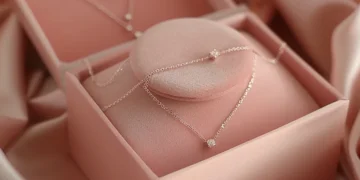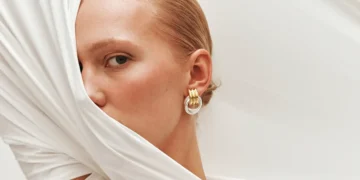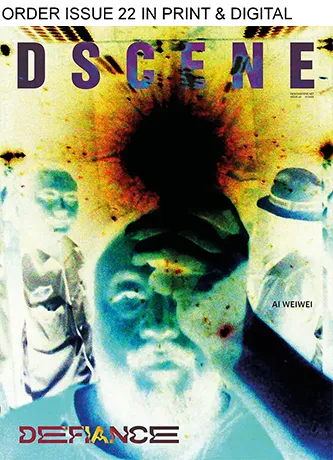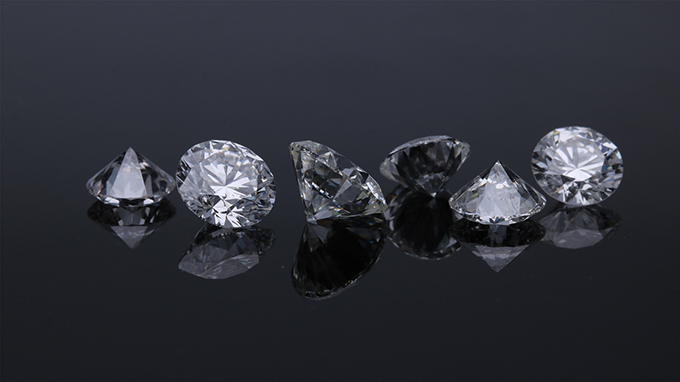
When diamonds are mined, they are quite unremarkable – brownish grey pebbles, with no real hint of the rainbow fire that burns in their hearts. It is the cut that maximizes the diamond’s sparkle, taking light in and reflecting it out in a rainbow display that gives the stone its ageless appeal.
The shape of a diamond – also known as ‘the cut’ – is chosen by the cutter depending on the size and shape of the rough diamond. Often a diamond can shed many carats’ worth of weight in the cutting – and yet gain a great deal in value. This is because a skilled cutter will excise imperfections and choose just the right shape to finish up with the best quality diamond from the raw material. Knowing facts like this one, will help you choose the perfect diamond, even if you are already shopping for diamond rings at a jewelry seller you trust. Let us take a look at some popular diamond shapes and the reasons such a cut might be chosen:
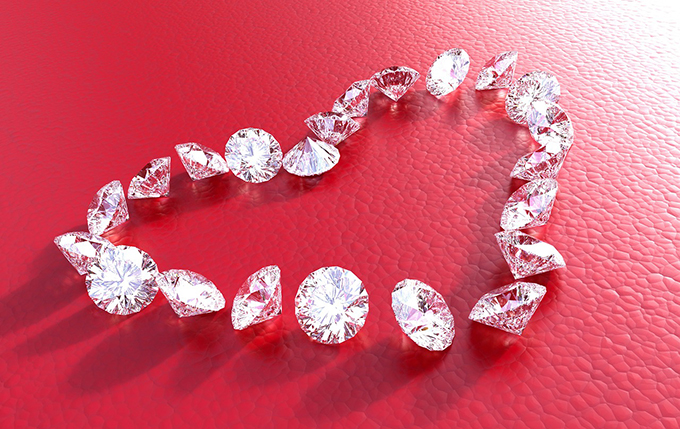
Round Brilliant
This is the ‘classic’ diamond shape, and it comprises of a pointed base (which is usually hidden in the setting) spreading to a girdle before narrowing again, and ending in a flat top, or table. The part between the girdle and the table is called the crown, and this is the part of the diamond that is most visible. From the top, looking straight down onto the table, the diamond appears round. This design is one that incorporates 56 facets, all of which work to direct light into and out of the diamond, creating that brilliant sparkle to great effect.
Princess Cut and Emerald Cut
These two cuts are both squared, with emerald cut usually being used for flatter stones, in a rectangular shape, while princess cut is also squared, with slightly exaggerated corners and a brilliant cut crown to maximize sparkle. Princess cut diamonds tend to be square, with no difference between width and length, unlike emerald cut gems which are clear rectangles. Both can be popular choices for those who enjoy more geometric shapes, but they can also be used to minimize internal flaws in the stones. But this is not to say that these cuts are automatically the sign of a low clarity stone: both are highly popular cuts, especially with vivid fancy (brightly colored) stones as the cuts showcase the color as well as that distinctive diamond sparkle.
Cushion
Cushion cut gems are somewhere between the angularity of princess and emerald cut stones, and the unambiguous roundness of oval cut stones, again allowing a stone to be displayed to its best effect. Like a plump cushion, this cut has the pleasing roundness of crown alongside soft squaring at the corners, for a distinctive look that has the extra advantage of making your diamond look a little bigger than it really is!

Oval
Oval gemstones are, as the name implies, stones that have been shaped into rounded ovals, symmetrical on two lines of fold. The advantage of oval cut stones is that they can make a finger look long and elegant, making it a perfect choice for an engagement ring. Ovals are a traditional style of cut which has somewhat fallen out of favor – except with those who love the look and who dare to be a little different!
Pear and Marquise
Marquise cut stones are football shaped stones, narrow ovals with pointed ends, suitable for mounting in a ring, or using to surround a bigger stone or cluster in a necklace, brooch, or other piece of jewelry. Pear cut have one rounded oval end, and one marquise cut pointed end, giving it a tear drop shape. Like an oval cut stone, these designs can make a hand look elegant and long-fingered, especially when the pear cut’s pointed end is on the nail side of the finger.
Heart
Finally, a fairly obvious but still very beautiful cut for an engagement ring, a heart-cut diamond is a perfect stone to express your eternal love for one another.
All of these cuts are highly popular, sometimes rising or falling in popularity as tastes and fashions change. Choosing a diamond is like choosing a partner: a long-term investment that will – with luck and care – only appreciate over time!













